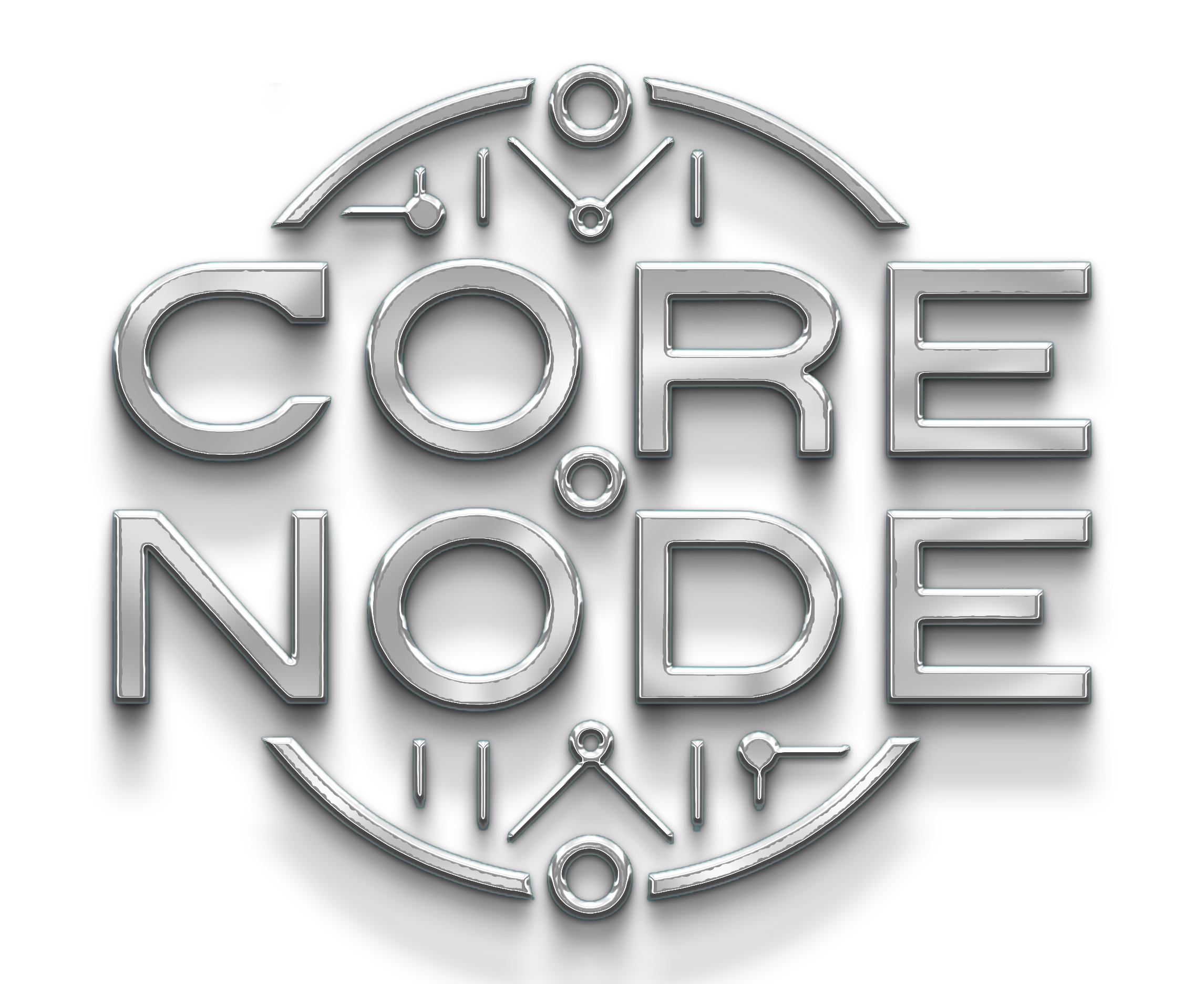DEFI STAKING OPPORTUNITIES: BEYOND TRADITIONAL VALIDATION

The Evolution of Staking in DeFi
Traditional blockchain staking involves locking up tokens to secure a network in exchange for rewards. While effective for network security, this approach has limitations: locked liquidity, fixed returns, and often lengthy unbonding periods. Decentralized Finance (DeFi) has transformed staking by introducing innovative mechanisms that address these limitations while creating new opportunities for yield generation.
This article explores the cutting-edge DeFi staking opportunities that go beyond traditional validation, offering greater flexibility, liquidity, and potentially higher returns.
Liquid Staking: Unlocking Capital Efficiency
Liquid staking represents one of the most significant innovations in the staking ecosystem. It allows users to stake their assets while receiving a liquid token that represents their staked position.
How Liquid Staking Works
When you use a liquid staking protocol:
- You deposit your tokens (e.g., ETH, ATOM, SOL) into the protocol
- The protocol stakes these tokens on your behalf
- You receive liquid staking tokens (LSTs) representing your staked position
- These LSTs can be used throughout the DeFi ecosystem while your original tokens continue earning staking rewards
Leading Liquid Staking Protocols
- Lido Finance: The largest liquid staking protocol, supporting ETH, SOL, MATIC, and more
- Rocket Pool: A decentralized ETH staking protocol with lower entry barriers for node operators
- Stride: Liquid staking for Cosmos ecosystem tokens
- Marinade Finance: Liquid staking solution for Solana
Benefits of Liquid Staking
- Maintain liquidity while earning staking rewards
- Use LSTs in lending protocols, liquidity pools, or as collateral
- Avoid lengthy unbonding periods when you need access to capital
- Participate in governance with certain LSTs
Yield Farming with Staked Assets
Yield farming—the practice of moving assets between different protocols to maximize returns—has created new opportunities for staked assets.
LST Yield Farming Strategies
1. LST Liquidity Provision
Providing liquidity for LST pairs (e.g., stETH-ETH on Curve) allows you to earn:
- Trading fees from the liquidity pool
- Liquidity mining rewards from the protocol
- Underlying staking rewards from the LST
2. LST Lending and Borrowing
Platforms like Aave and Compound now support certain LSTs, enabling users to:
- Deposit LSTs to earn lending interest
- Borrow against LSTs to leverage positions
- Create loop strategies for compounding yields
3. Leveraged Staking
Advanced users can implement leveraged staking strategies:
- Deposit tokens for LSTs
- Use LSTs as collateral to borrow the original token
- Stake the borrowed tokens for more LSTs
- Repeat to create leveraged exposure (with corresponding risk)
Staking in Concentrated Liquidity Pools
Automated Market Makers (AMMs) have evolved from simple constant product formulas to concentrated liquidity models, creating new opportunities for stakers.
How Concentrated Liquidity Works
Protocols like Uniswap v3 and newer DEXs allow liquidity providers to:
- Focus their capital within specific price ranges
- Earn higher fees per unit of capital deployed
- Adjust positions based on market conditions
Staking LP Positions
Some protocols now allow staking of LP positions, creating a dual yield source:
- Trading fees from the position
- Staking rewards for committing LP tokens to the protocol
Real-Yield Protocols: Sustainable Staking Rewards
The DeFi ecosystem has begun shifting from inflationary token rewards to "real yield" models where staking rewards come from actual protocol revenue.
Examples of Real-Yield Staking
- GMX: Stakers earn a share of trading fees from the platform
- Gains Network: GNS stakers receive a portion of trading fees from the gTrade platform
- Synthetix: SNX stakers earn fees from trades on the protocol
- dYdX: Token stakers receive a share of trading fees
Benefits of Real-Yield Models
- Sustainable rewards not dependent on token inflation
- Direct alignment between protocol success and staker rewards
- Potentially more stable yield compared to inflationary models
Restaking and EigenLayer: The Next Frontier
Restaking represents the cutting edge of DeFi staking innovation, allowing staked ETH to secure multiple protocols simultaneously.
How Restaking Works
EigenLayer, the pioneer in this space, enables:
- Stakers to "restake" their ETH or LSTs
- Opting into securing additional protocols beyond Ethereum
- Earning additional rewards from these protocols
- Creating a marketplace for trust and security
Potential Impact
Restaking could revolutionize blockchain security by:
- Allowing new projects to bootstrap security from Ethereum's validator set
- Creating a more capital-efficient security model
- Enabling validators to increase their returns without additional capital
Risks and Considerations
While DeFi staking offers exciting opportunities, it comes with unique risks:
- Smart contract risk: Vulnerabilities in staking protocols can lead to loss of funds
- Counterparty risk: Reliance on the security and integrity of the protocol operators
- Depeg risk: LSTs may trade below their underlying value during market stress
- Complexity risk: More complex strategies increase the chance of user error
- Regulatory risk: Evolving regulations may impact certain staking models
Conclusion: The Future of DeFi Staking
DeFi has transformed staking from a simple security mechanism into a sophisticated yield-generating strategy with multiple layers of optimization. As the ecosystem continues to evolve, we can expect:
- Greater integration between staking and other DeFi primitives
- More efficient capital utilization through innovative models
- Improved user interfaces making complex strategies accessible to average users
- Cross-chain staking opportunities as interoperability improves
By understanding these advanced staking opportunities, users can make informed decisions about how to optimize their yield while contributing to the security and functionality of decentralized networks.




